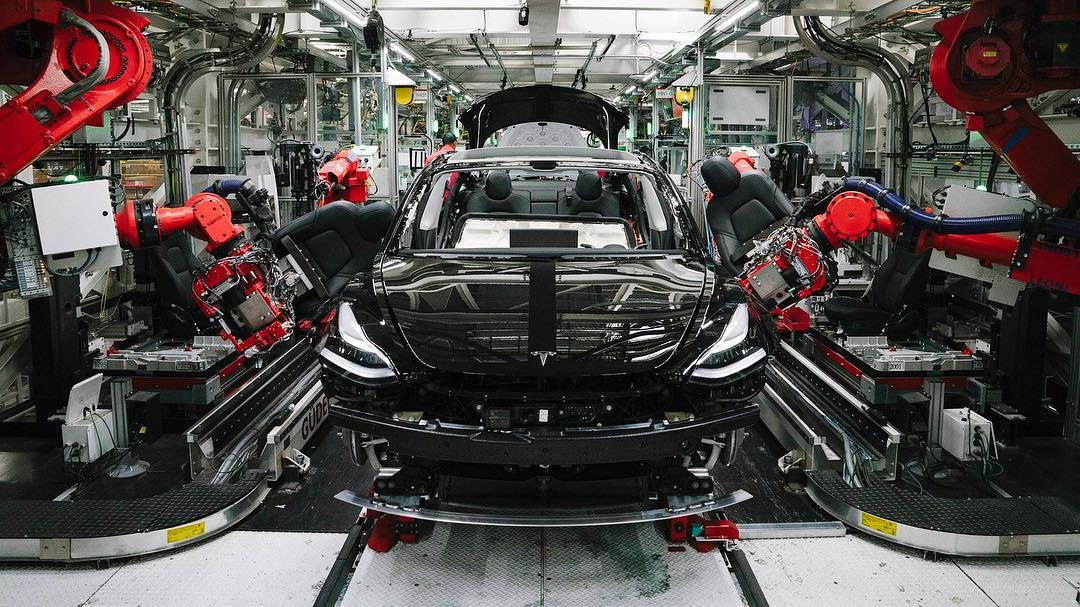
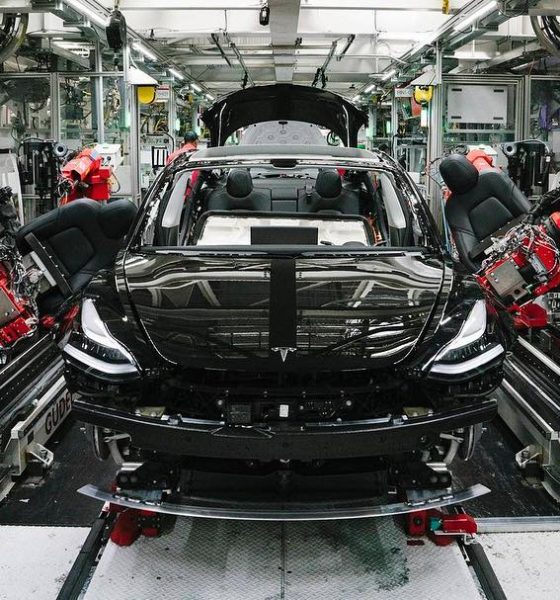
Investor's Corner
Tesla and Panasonic expect profitability amid improving Model 3 production ramp
Tesla’s third quarter financial results were a pleasant surprise to Wall Street. In the days and weeks leading up to the company’s earlier-than-expected third-quarter earnings call, speculations were high that Tesla would either break-even, or post a very small profit. Neither happened, as the electric car maker posted $6.8 billion in revenue, beating earnings estimates with a GAAP profit of $312 million.
According to Elon Musk, that is just the beginning. During the third quarter earnings call, Elon Musk stated that he thinks Tesla could be cash-flow positive and profitable for all quarters moving forward. In his recent appearance at the Recode Decode podcast, Musk reiterated this point once more.
“I said earlier this year, I think we will be cash-flow positive for all quarters going forward,” Musk said, adding that he does not think Tesla would need any more investment. When asked if he believes Tesla can push through just by selling electric cars and battery storage products, Musk answered in the affirmative.
Elon Musk’s affirmation of Tesla’s profitability in the coming quarters comes amidst the equally optimistic outlook of Panasonic Corp President Kazuhiro Tsuga. In a statement to Reuters, Tsuga noted that Gigafactory 1 is on the verge of finally yielding returns for the Japanese battery maker. While Panasonic is still losing money as it ramps its battery cell production capacity in the Nevada facility, Tsuga stated that profits are likely underway in the near future.
“We will be in a position to deliver profits at a very early stage. There is no doubt about it, once we complete the current build-up. Once things settle down, you can control profit on line-by-line basis. The first ten lines are pretty much already there,” he said.
Tsuga further remarked that Panasonic’s investment in Gigafactory 1 would likely exceed 200 billion yen ($1.8 billion) once the expansion of its production lines is complete. For now, Tsuga noted that Panasonic has 11 battery cell production lines running in the Gigafactory, though two more are expected to go online by the end of the year. The Panasonic exec further pointed out that it has dispatched more than 300 people to the Nevada facility to ensure that it can keep up with Tesla’s demands.
Panasonic Chief Financial Officer Hirokazu Umeda is optimistic about the company’s performance in the coming quarters. In a statement to reporters in Tokyo on Wednesday, Umeda remarked that Panasonic has managed to hit a threshold where it can produce batteries in the pace required by the American electric car maker.
“We are finally at a place where we can move in lock-step with Tesla and make as many batteries as they make cars. It’s a relief, because they went through hell this September. And so did we,” Tsuga said.
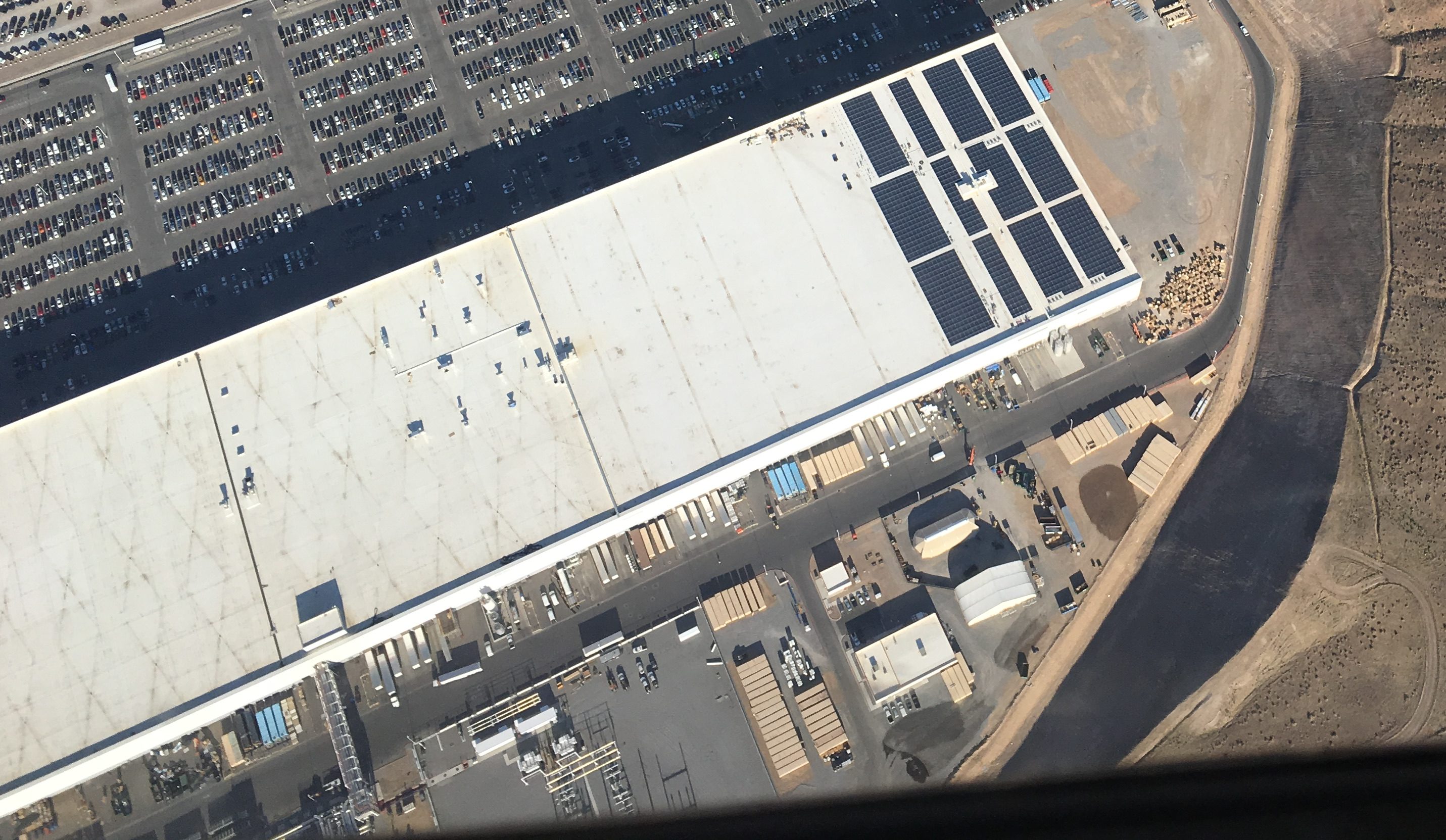
Elon Musk believes that Tesla’s Model 3 ramp has reached a stable point. Responding to a question about the vehicle in the recent Recode Decode podcast, Musk stated that Tesla is “over the hump” in terms of the electric sedan’s production. Musk further pointed out that Tesla could probably hit a production rate of 6,500 Model 3 per week at its current state, though the company’s employees would have to do a notable amount of overtime to achieve a target.
“For us, making 5,000 cars in a week for Model 3 is not a big deal. That’s just normal. Now we’re working on raising to 6,000 and then 7,000 Model 3s a week, while still keeping costs under control. We could probably do 6,000 or more, maybe 6,500 Model 3s a week right now, but it would have to stress people out and do tons of overtime,” he said.
With the announcement of the Mid Range Model 3 and the ongoing phase-out period for the $7,500 federal tax credit, Tesla seems poised to deliver yet another impressive quarter this Q4. Apart from Panasonic’s upgrades in Gigafactory 1 and the installation of new Grohmann machines, Tesla has also registered more than 61,000 new Model 3 VINs in October alone. That’s the equivalent of all Model 3 VINs that the company filed during the first 11 months of the electric car’s production.

Investor's Corner
Tesla stock closes at all-time high on heels of Robotaxi progress
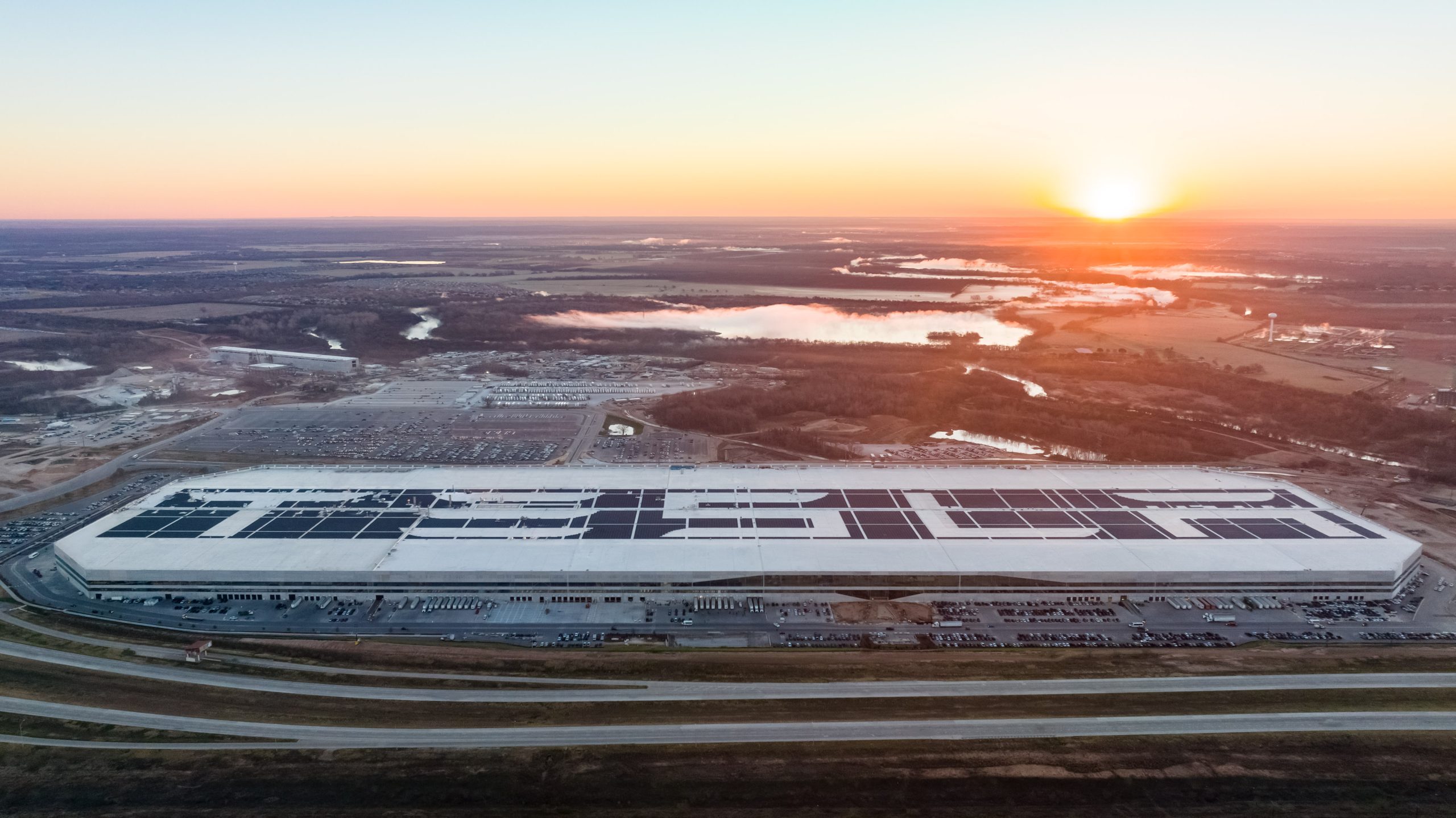
Tesla stock (NASDAQ: TSLA) closed at an all-time high on Tuesday, jumping over 3 percent during the day and finishing at $489.88.
The price beats the previous record close, which was $479.86.
Shares have had a crazy year, dipping more than 40 percent from the start of the year. The stock then started to recover once again around late April, when its price started to climb back up from the low $200 level.
This week, Tesla started to climb toward its highest levels ever, as it was revealed on Sunday that the company was testing driverless Robotaxis in Austin. The spike in value pushed the company’s valuation to $1.63 trillion.
Tesla Robotaxi goes driverless as Musk confirms Safety Monitor removal testing
It is the seventh-most valuable company on the market currently, trailing Nvidia, Apple, Alphabet (Google), Microsoft, Amazon, and Meta.
Shares closed up $14.57 today, up over 3 percent.
The stock has gone through a lot this year, as previously mentioned. Shares tumbled in Q1 due to CEO Elon Musk’s involvement with the Department of Government Efficiency (DOGE), which pulled his attention away from his companies and left a major overhang on their valuations.
However, things started to rebound halfway through the year, and as the government started to phase out the $7,500 tax credit, demand spiked as consumers tried to take advantage of it.
Q3 deliveries were the highest in company history, and Tesla responded to the loss of the tax credit with the launch of the Model 3 and Model Y Standard.
Additionally, analysts have announced high expectations this week for the company on Wall Street as Robotaxi continues to be the focus. With autonomy within Tesla’s sights, things are moving in the direction of Robotaxi being a major catalyst for growth on the Street in the coming year.
Elon Musk
Tesla needs to come through on this one Robotaxi metric, analyst says
“We think the key focus from here will be how fast Tesla can scale driverless operations (including if Tesla’s approach to software/hardware allows it to scale significantly faster than competitors, as the company has argued), and on profitability.”
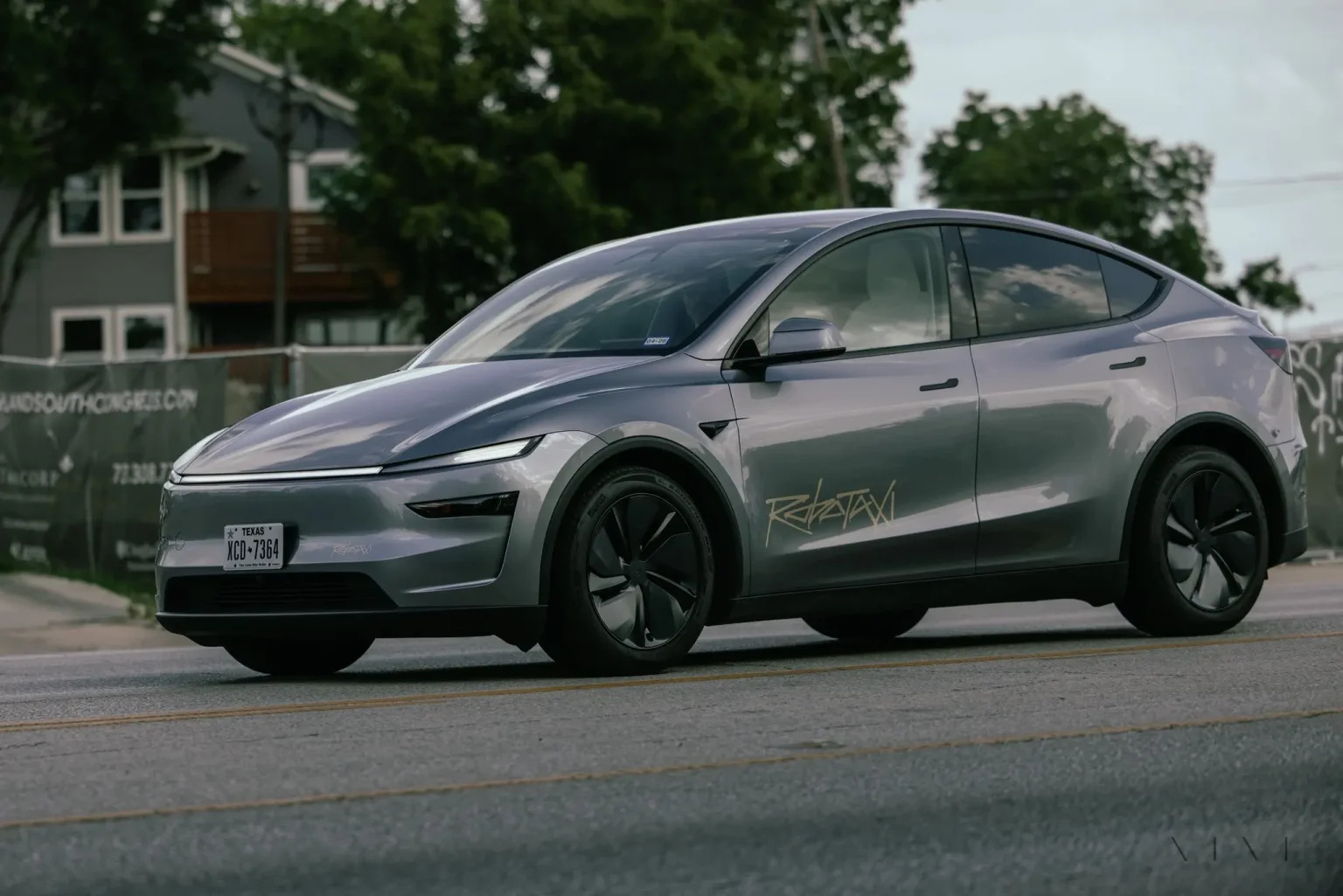
Tesla needs to come through on this one Robotaxi metric, Mark Delaney of Goldman Sachs says.
Tesla is in the process of rolling out its Robotaxi platform to areas outside of Austin and the California Bay Area. It has plans to launch in five additional cities, including Houston, Dallas, Miami, Las Vegas, and Phoenix.
However, the company’s expansion is not what the focus needs to be, according to Delaney. It’s the speed of deployment.
The analyst said:
“We think the key focus from here will be how fast Tesla can scale driverless operations (including if Tesla’s approach to software/hardware allows it to scale significantly faster than competitors, as the company has argued), and on profitability.”
Profitability will come as the Robotaxi fleet expands. Making that money will be dependent on when Tesla can initiate rides in more areas, giving more customers access to the program.
There are some additional things that the company needs to make happen ahead of the major Robotaxi expansion, one of those things is launching driverless rides in Austin, the first city in which it launched the program.
This week, Tesla started testing driverless Robotaxi rides in Austin, as two different Model Y units were spotted with no occupants, a huge step in the company’s plans for the ride-sharing platform.
Tesla Robotaxi goes driverless as Musk confirms Safety Monitor removal testing
CEO Elon Musk has been hoping to remove Safety Monitors from Robotaxis in Austin for several months, first mentioning the plan to have them out by the end of 2025 in September. He confirmed on Sunday that Tesla had officially removed vehicle occupants and started testing truly unsupervised rides.
Although Safety Monitors in Austin have been sitting in the passenger’s seat, they have still had the ability to override things in case of an emergency. After all, the ultimate goal was safety and avoiding any accidents or injuries.
Goldman Sachs reiterated its ‘Neutral’ rating and its $400 price target. Delaney said, “Tesla is making progress with its autonomous technology,” and recent developments make it evident that this is true.
Investor's Corner
Tesla gets bold Robotaxi prediction from Wall Street firm
Last week, Andrew Percoco took over Tesla analysis for Morgan Stanley from Adam Jonas, who covered the stock for years. Percoco seems to be less optimistic and bullish on Tesla shares, while still being fair and balanced in his analysis.
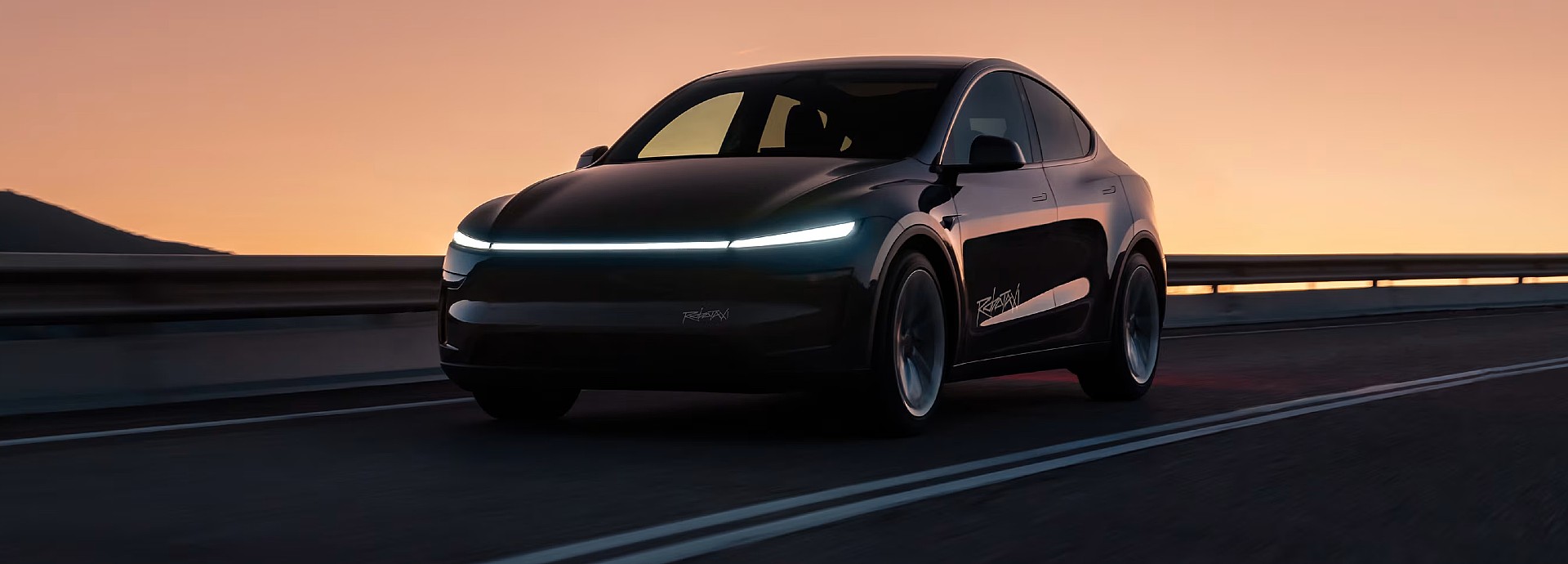
Tesla (NASDAQ: TSLA) received a bold Robotaxi prediction from Morgan Stanley, which anticipates a dramatic increase in the size of the company’s autonomous ride-hailing suite in the coming years.
Last week, Andrew Percoco took over Tesla analysis for Morgan Stanley from Adam Jonas, who covered the stock for years. Percoco seems to be less optimistic and bullish on Tesla shares, while still being fair and balanced in his analysis.
Percoco dug into the Robotaxi fleet and its expansion in the coming years in his latest note, released on Tuesday. The firm expects Tesla to increase the Robotaxi fleet size to 1,000 vehicles in 2026. However, that’s small-scale compared to what they expect from Tesla in a decade.
Tesla expands Robotaxi app access once again, this time on a global scale
By 2035, Morgan Stanley believes there will be one million Robotaxis on the road across multiple cities, a major jump and a considerable fleet size. We assume this means the fleet of vehicles Tesla will operate internally, and not including passenger-owned vehicles that could be added through software updates.
He also listed three specific catalysts that investors should pay attention to, as these will represent the company being on track to achieve its Robotaxi dreams:
- Opening Robotaxi to the public without a Safety Monitor. Timing is unclear, but it appears that Tesla is getting closer by the day.
- Improvement in safety metrics without the Safety Monitor. Tesla’s ability to improve its safety metrics as it scales miles driven without the Safety Monitor is imperative as it looks to scale in new states and cities in 2026.
- Cybercab start of production, targeted for April 2026. Tesla’s Cybercab is a purpose-built vehicle (no steering wheel or pedals, only two seats) that is expected to be produced through its state-of-the-art unboxed manufacturing process, offering further cost reductions and thus accelerating adoption over time.
Robotaxi stands to be one of Tesla’s most significant revenue contributors, especially as the company plans to continue expanding its ride-hailing service across the world in the coming years.
Its current deployment strategy is controlled and conservative to avoid any drastic and potentially program-ruining incidents.
So far, the program, which is active in Austin and the California Bay Area, has been widely successful.








